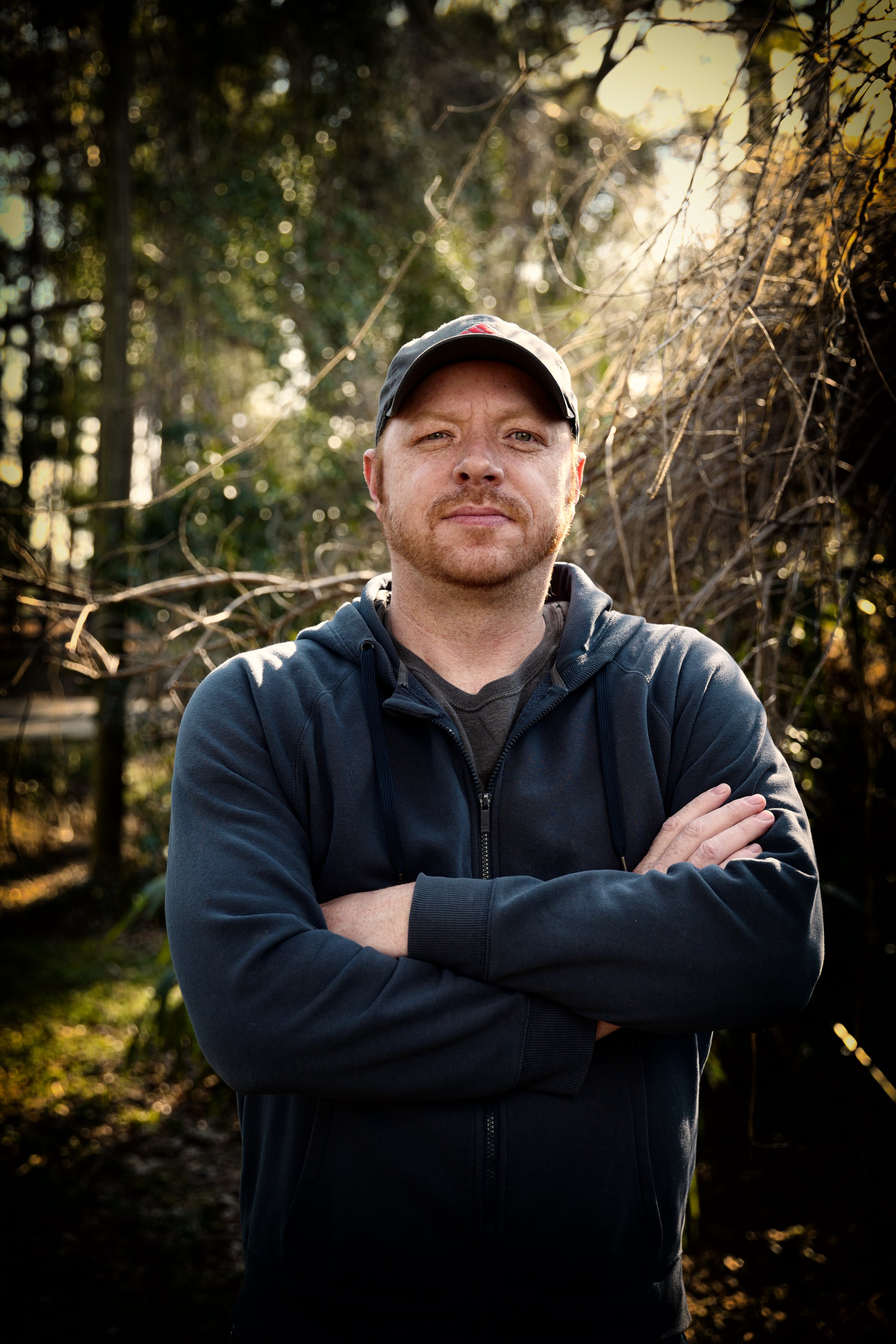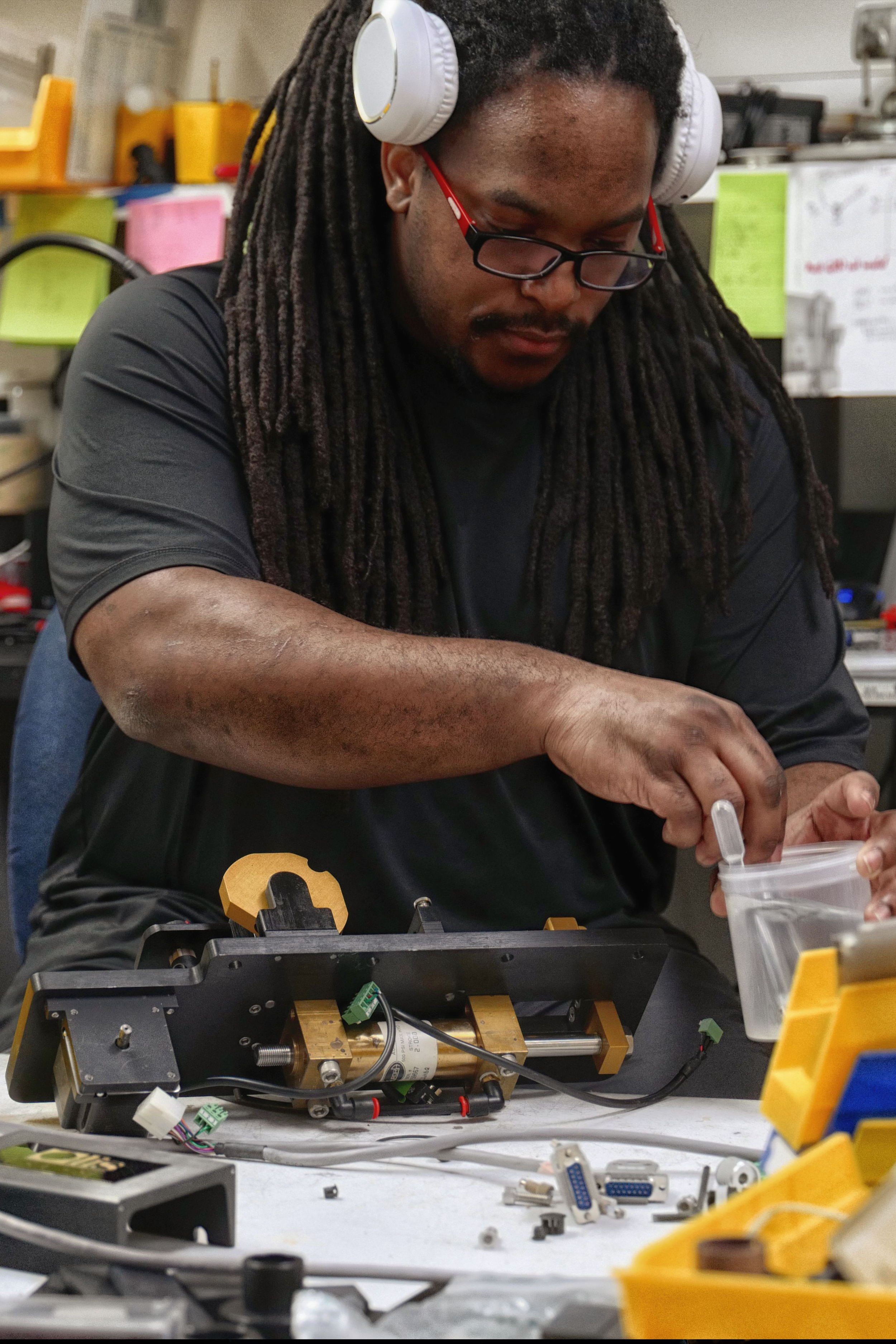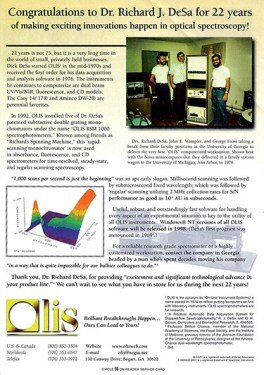The Spectrophotometers Diaries
The Spectrophotometers Diaries
Blog Article
Circular Dichroism Fundamentals Explained
Table of ContentsCircularly Polarized Luminescence for DummiesThe Only Guide to Circular DichroismSome Known Factual Statements About Uv/vis/nir The Buzz on Uv/visThe smart Trick of Spectrophotometers That Nobody is Talking About

Although spectrophotometry is most typically applied to ultraviolet, noticeable, and infrared radiation, contemporary spectrophotometers can interrogate broad swaths of the electromagnetic spectrum, including x-ray, ultraviolet, visible, infrared, and/or microwave wavelengths. Spectrophotometry is a tool that hinges on the quantitative analysis of molecules depending upon how much light is taken in by colored substances.
Not known Incorrect Statements About Spectrophotometers
A spectrophotometer is frequently used for the measurement of transmittance or reflectance of services, transparent or opaque solids, such as sleek glass, or gases. Although many biochemicals are colored, as in, they absorb noticeable light and for that reason can be measured by colorimetric procedures, even colorless biochemicals can often be converted to colored substances ideal for chromogenic color-forming responses to yield substances suitable for colorimetric analysis.: 65 Nevertheless, they can also be created to determine the diffusivity on any of the listed light ranges that typically cover around 2002500 nm using different controls and calibrations.
An example of an experiment in which spectrophotometry is utilized is the determination of the equilibrium constant of a solution. A particular chemical response within a solution may take place in a forward and reverse instructions, where reactants form items and products break down into reactants. Eventually, this chain reaction will reach a point of balance called an equilibrium point.
Some Known Factual Statements About Uv/vis
The amount of light that passes through the solution is indicative of the concentration of particular chemicals that do not permit light to go through. The absorption of light is because of the interaction of light with the electronic and vibrational modes of particles. Each type of molecule has a private set of energy levels related to the makeup of its chemical bonds and nuclei and thus will soak up light of particular wavelengths, or energies, leading to special spectral homes.
Making use of spectrophotometers covers numerous scientific fields, such as physics, products science, chemistry, biochemistry. circular dichroism, chemical engineering, and molecular biology. They are commonly utilized in many industries including semiconductors, laser and optical production, printing and forensic evaluation, as well as in laboratories for the research study of chemical compounds. Spectrophotometry is often utilized in measurements of enzyme activities, determinations of protein concentrations, determinations of enzymatic kinetic constants, and measurements of ligand binding reactions.: 65 Ultimately, a spectrophotometer is able navigate to this website to figure out, depending upon the control or calibration, what compounds are present in a target and exactly just how much through calculations of observed wavelengths.
Developed by Arnold O. Beckman in 1940 [], the spectrophotometer was developed with the help of his colleagues at his business National Technical Laboratories founded in 1935 which would become Beckman Instrument Company and eventually Beckman Coulter. This would come as a service to the previously created spectrophotometers which were unable to take in the ultraviolet correctly.
The Best Guide To Circularly Polarized Luminescence
It would be found that this did not give acceptable results, for that reason in Design B, there was a shift from a glass to a quartz prism which permitted better absorbance results - circular dichroism (https://www.wattpad.com/user/olisclarity1). From there, Model C was born with a change to the wavelength resolution which wound up having 3 systems of it produced
It irradiates the sample with polychromatic light which the sample absorbs depending upon its properties. It is transmitted back by grating the photodiode variety which finds the wavelength region of the spectrum. Because then, the production and execution of spectrophotometry devices has actually increased exceptionally and has actually ended up being one of the most ingenious instruments of our time.

Our Circularly Polarized Luminescence Ideas
Historically, spectrophotometers utilize a monochromator including a diffraction grating to produce the analytical spectrum. The grating can either be movable or repaired. If a single detector, such as a photomultiplier tube or photodiode is used, the grating can be scanned stepwise (scanning spectrophotometer) so that the detector can measure the light intensity at each wavelength (which will correspond to each "step").
In such systems, the grating is fixed and the intensity of each wavelength of light is measured by a various detector in the selection. When making transmission measurements, the spectrophotometer quantitatively compares the portion of light that passes through a reference option and a test service, then digitally compares the strengths of the two signals and computes the percentage of transmission of the sample compared to the reference requirement.

Report this page